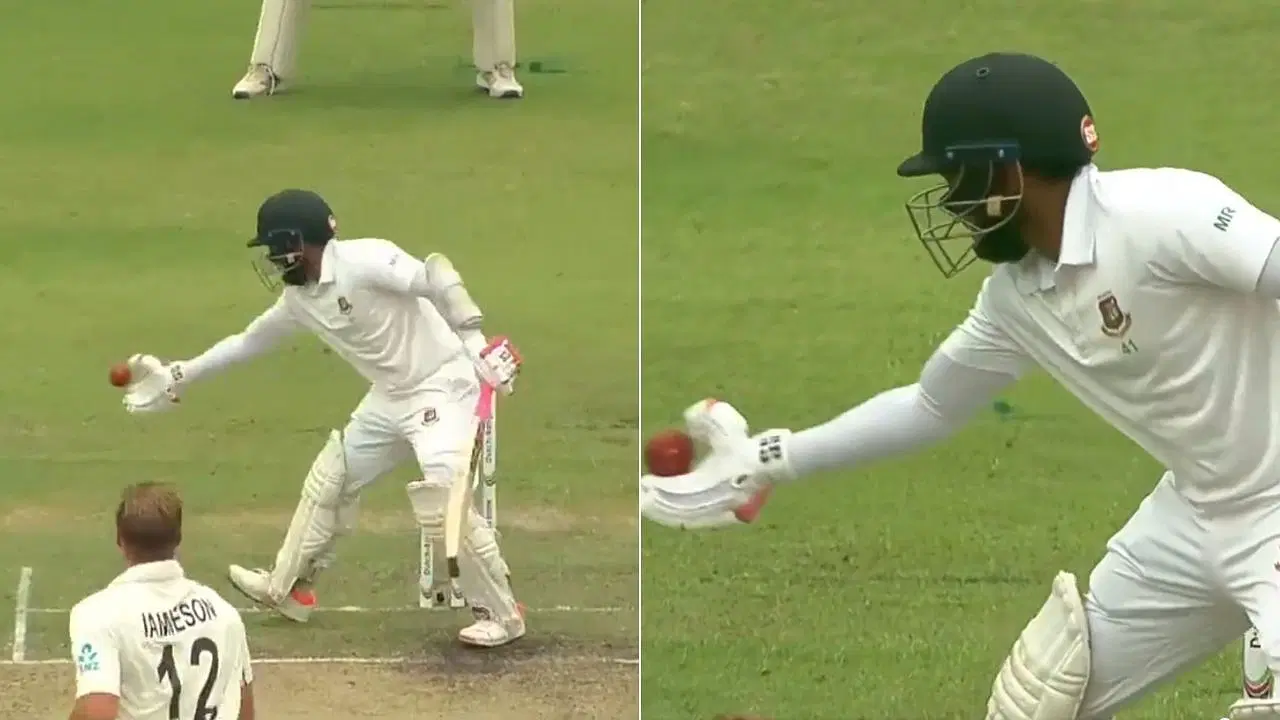From Bowled to Run Out: Types of Outs in Cricket Simplified

Cricket is a game full of tactics, strategies, and rules, making it both thrilling and complex. A key part of the game’s excitement lies in the various “types of outs in cricket,” each bringing its own significance. Here’s a straightforward guide to help you understand the most common ways a batsman can be dismissed, including one less common form: retired hurt out.
1. Bowled
One of the most straightforward types of outs, a batsman is “bowled” if the bowler delivers a ball that directly hits the stumps and dislodges the bails. This classic dismissal highlights the bowler’s skill in finding gaps in the batsman’s defenses.
Key Point: The ball bypasses the batsman’s bat or body and directly hits the stumps.
2. Caught
A batsman is “caught” out when they hit the ball, and a fielder, bowler, or wicketkeeper catches it before it hits the ground. This type of out showcases the alertness and positioning of the fielders and is common when a batsman attempts an aggressive shot.
Key Point: The ball must be caught on the full (before it bounces) by any fielder.
3. LBW (Leg Before Wicket)
“Leg Before Wicket,” or LBW, is called when the ball strikes the batsman’s body (often the leg) and would have gone on to hit the stumps, assuming the batsman wasn’t making a legitimate attempt to hit it. LBW is one of cricket’s most technical dismissals, often involving umpire discretion or video review.
Key Point: The ball must be going toward the stumps, and the batsman’s leg is in the way.
4. Run Out
A “run out” occurs when the fielding team hits the stumps with the ball before the batsman reaches the crease while attempting a run. Run outs rely on quick thinking from the fielders and add drama to any game.
Key Point: The batsman is caught out of their ground while attempting a run.
5. Stumped
When a batsman steps out of the crease to play a shot, the wicketkeeper can “stump” them by removing the bails if they miss the ball and are out of their ground. This usually happens when facing spin bowlers, as batsmen often leave the crease to hit the ball.
Key Point: The batsman must be out of their crease, and the wicketkeeper acts quickly to stump them.
6. Hit Wicket
“Hit wicket” is a rare, self-inflicted type of dismissal. If a batsman accidentally knocks the stumps with their bat, foot, or other part of their body after the bowler has delivered the ball, they’re out. This can happen when a batsman loses balance while playing an aggressive shot.
Key Point: The batsman unintentionally hits the stumps with their own body or equipment.
7. Obstructing the Field
In the unusual event of “obstructing the field,” a batsman is out if they deliberately interfere with a fielder’s attempt to make a play, such as blocking a throw aimed at the stumps. This dismissal underscores the game’s emphasis on fair play.
Key Point: The batsman intentionally interferes with the fielding side’s efforts.
8. Handled the Ball
Now part of “obstructing the field,” a batsman can be given out for “handled the ball” if they deliberately touch the ball with their hand (not holding the bat) to prevent it from hitting the stumps. This dismissal is very rare and unique to cricket.
Key Point: Touching the ball intentionally without a legitimate reason can lead to this dismissal.
9. Timed Out
If a new batsman does not arrive at the crease within three minutes of the previous batsman’s dismissal, they can be given out as “timed out.” This rule highlights the importance of time management and readiness in the game.
Key Point: A new batsman must reach the crease promptly after a wicket falls.
10. Retired Out
In the rare instance of a batsman choosing to leave the field voluntarily (without injury) and not returning, they are “retired out.” This is a deliberate and tactical decision, sometimes used in practice matches but rarely seen in competitive games.
Key Point: The batsman leaves the field voluntarily and does not resume their innings.
11. Retired Hurt (Retired Not Out)
Unlike “retired out,” if a batsman is injured or unwell during their innings, they may leave the field as “retired hurt.” In this case, they are not considered out and can return to complete their innings if they recover. This type of dismissal is seen as more of a temporary break due to physical conditions rather than a strategic decision.
Key Point: The batsman leaves the field due to injury or illness but can resume their innings if they are able.
Wrapping Up
Knowing the types of outs in cricket—from straightforward “bowled” to the rare “retired hurt”—adds depth to the viewing experience, making each wicket and run a piece of the game’s complex puzzle. Each dismissal type brings a unique aspect to the game, helping fans appreciate the strategies, risks, and remarkable skills on display. Now, when you watch your next cricket match, you’ll have a better understanding of each wicket’s significance, making the game even more exciting!











